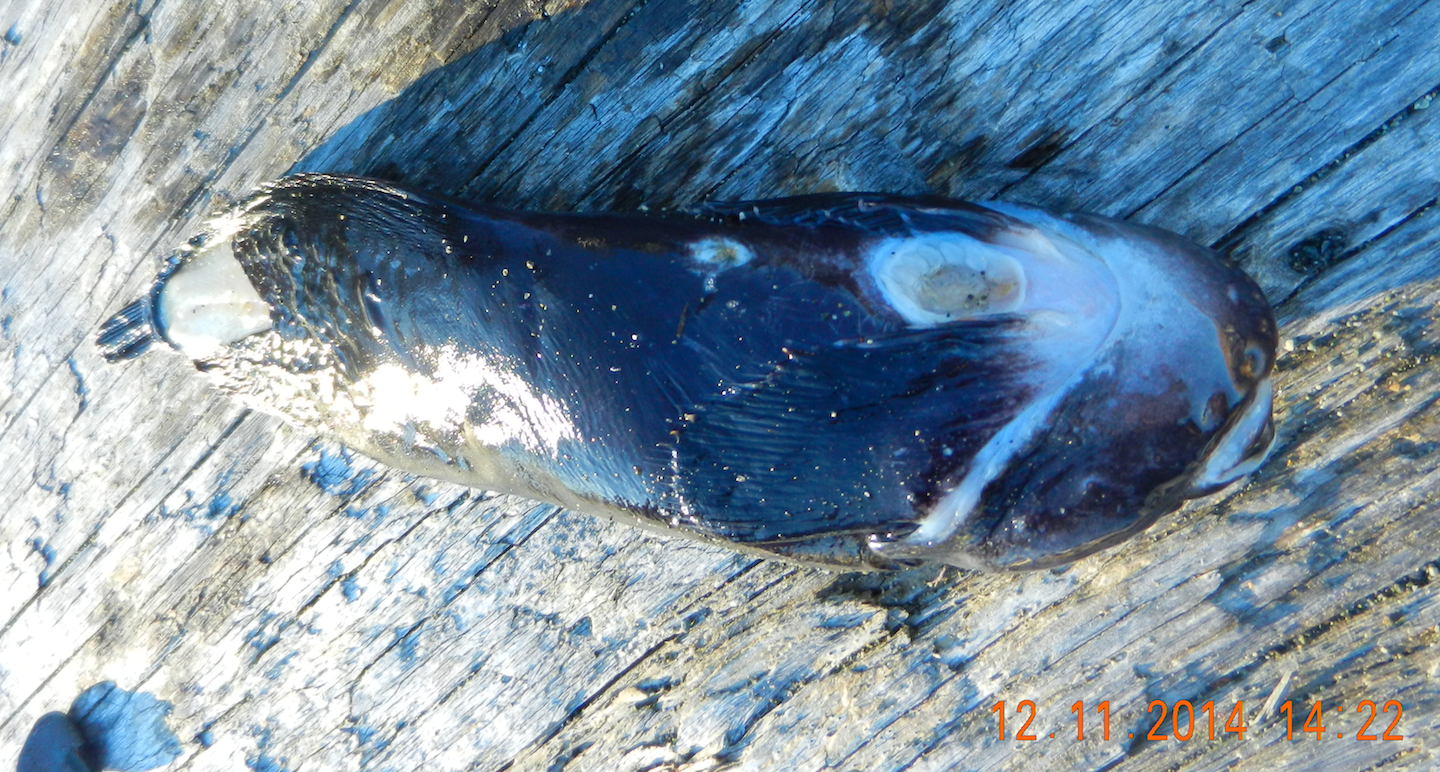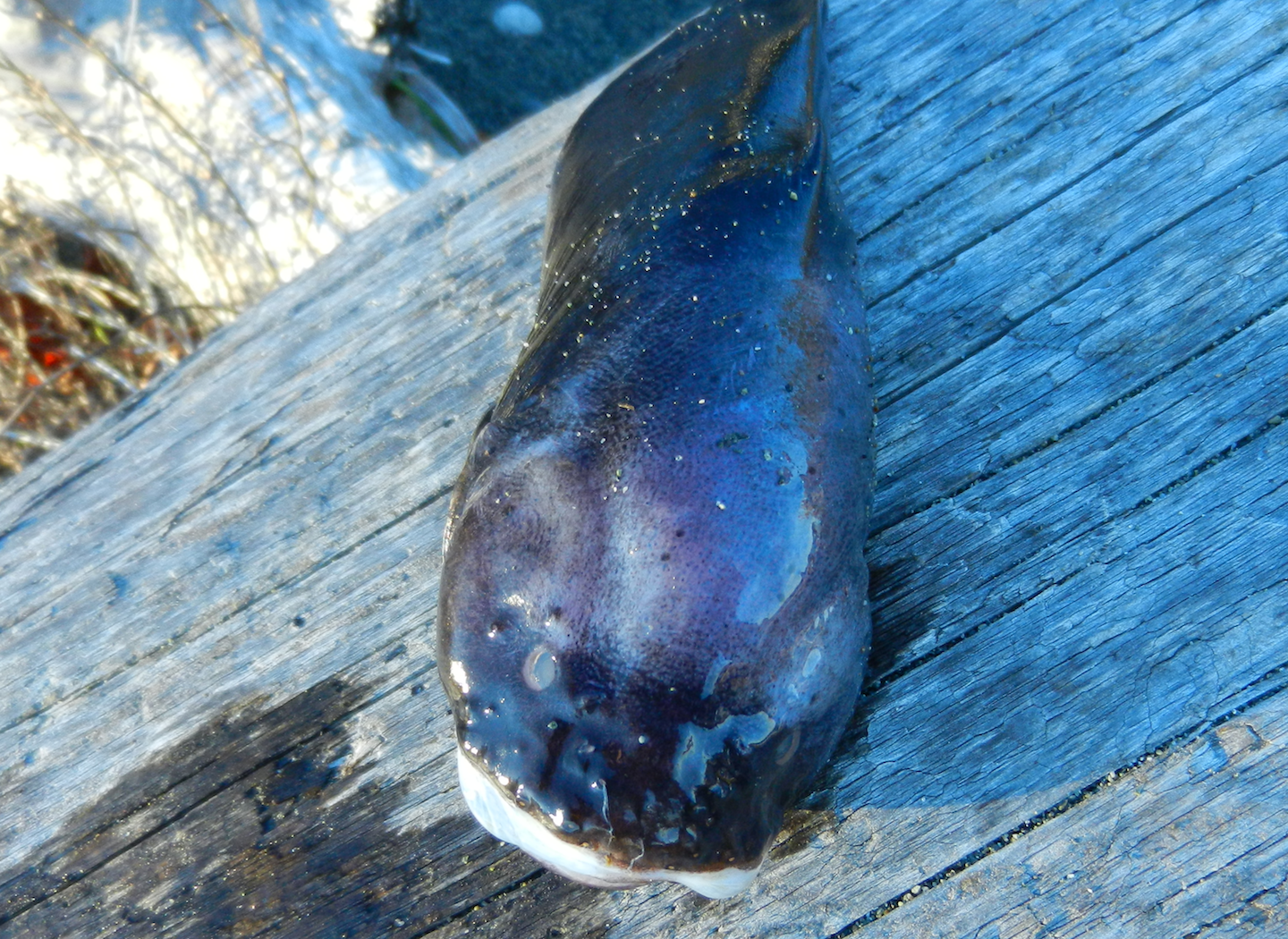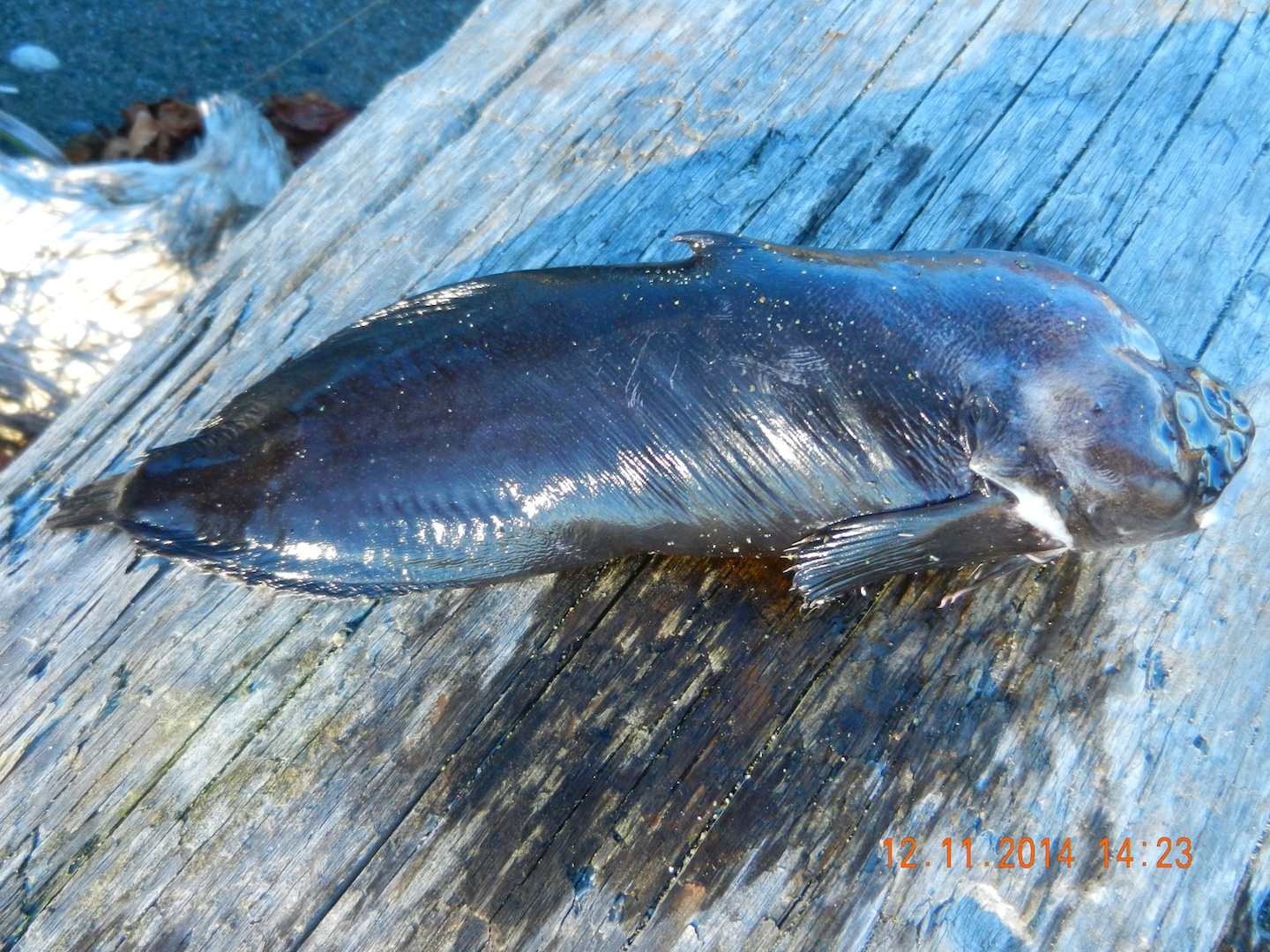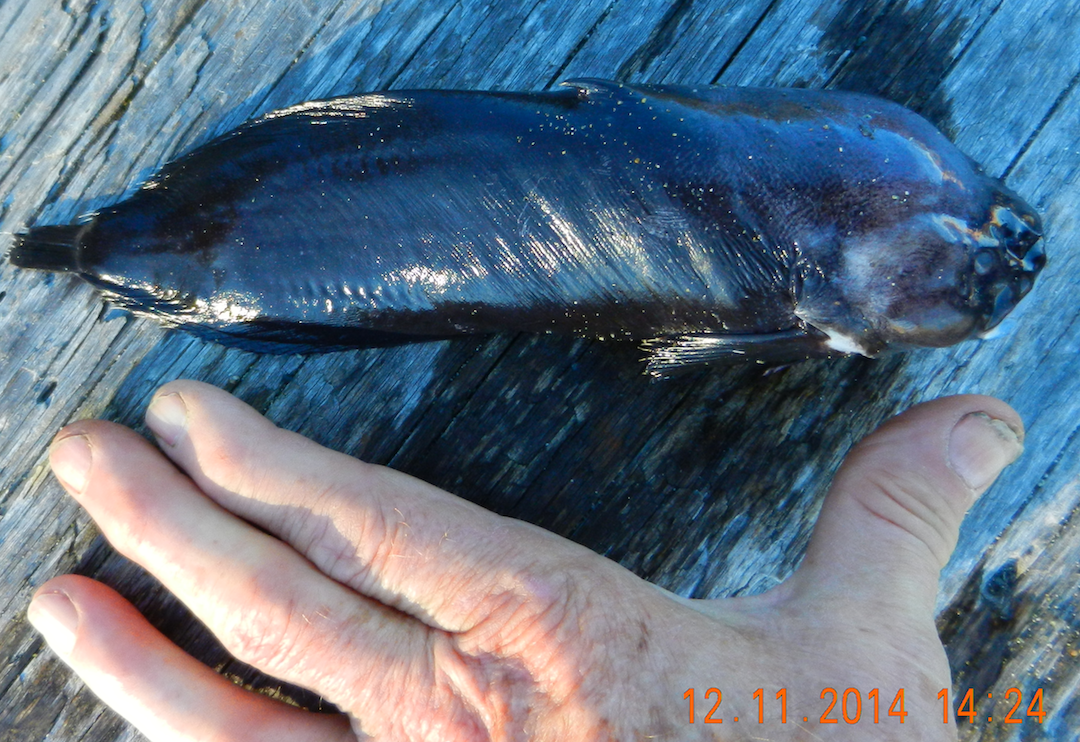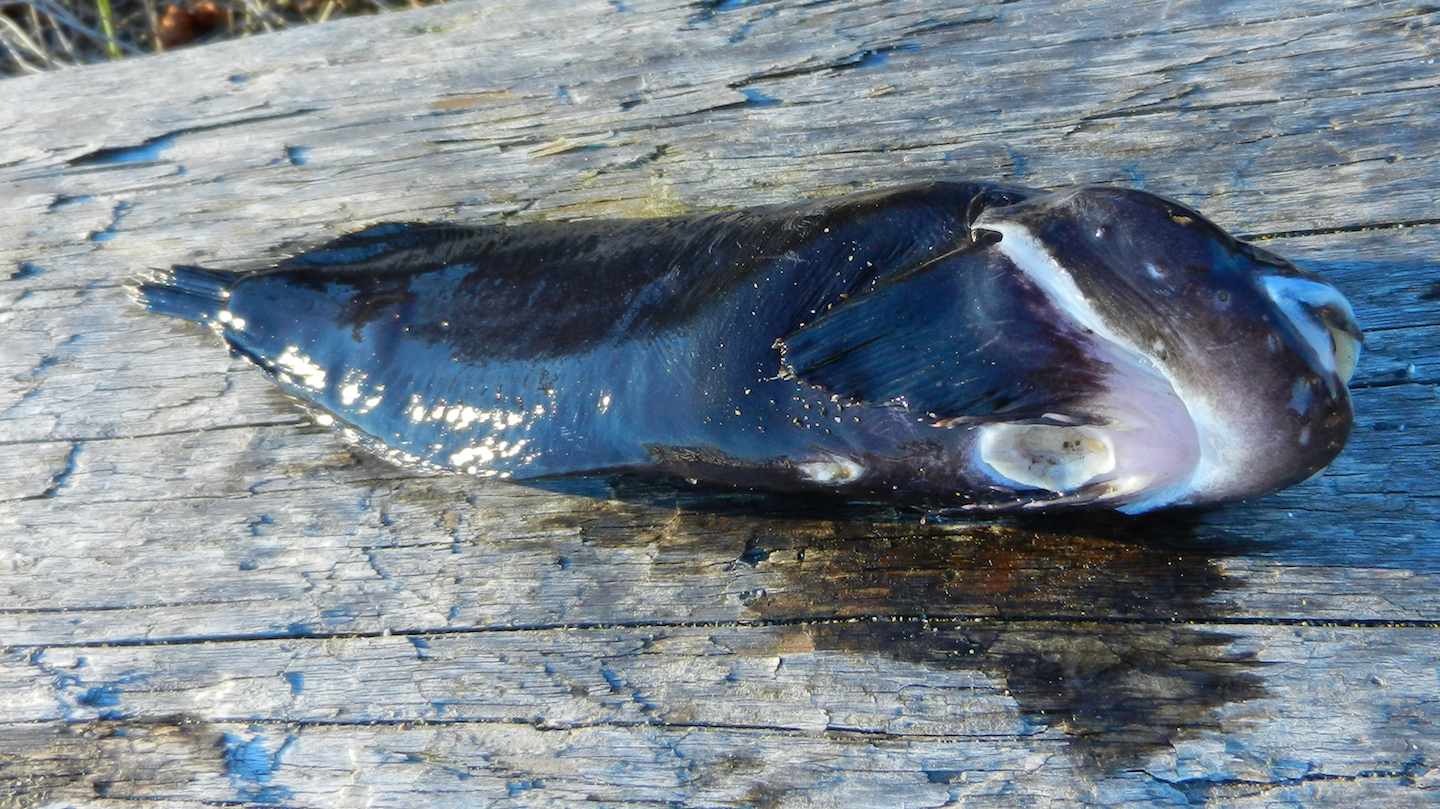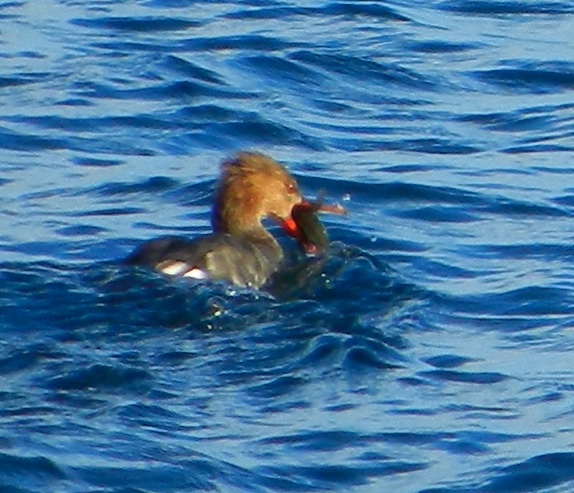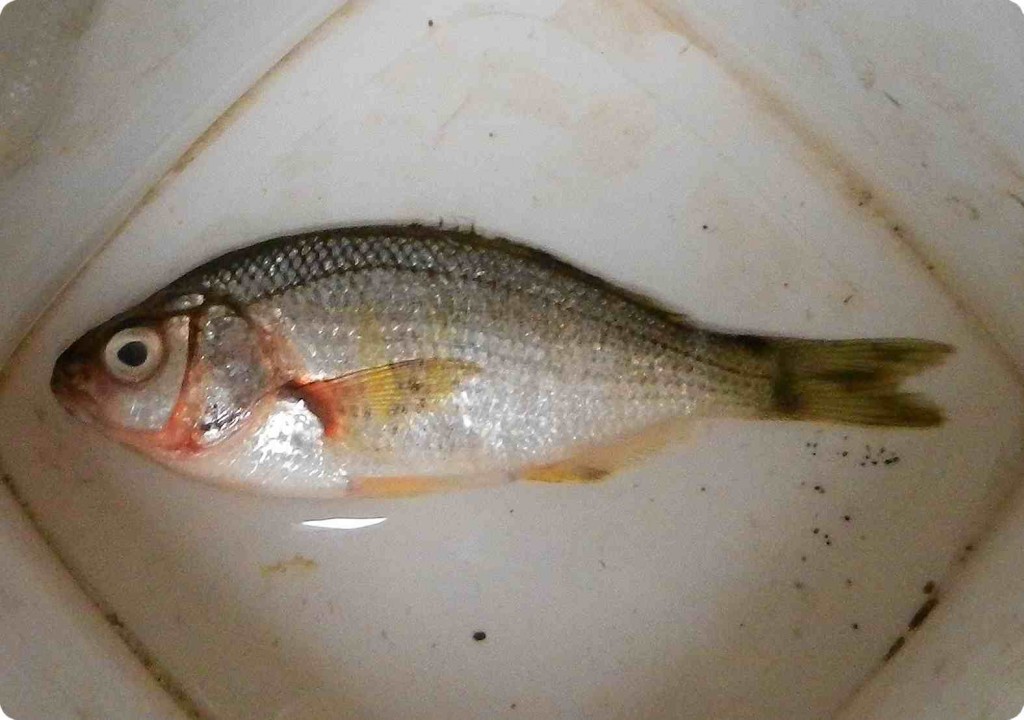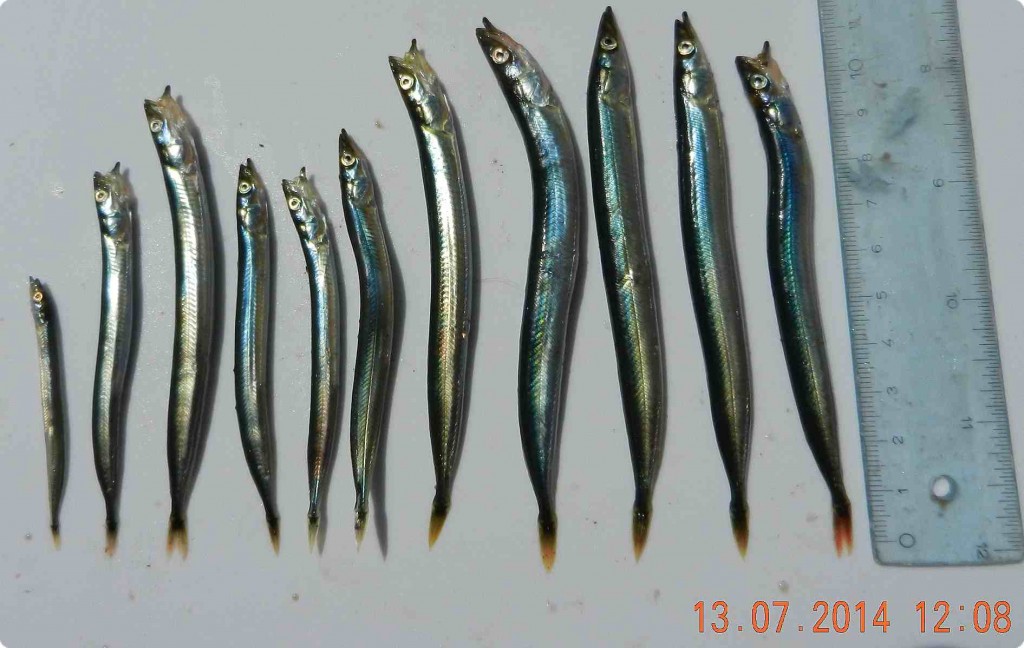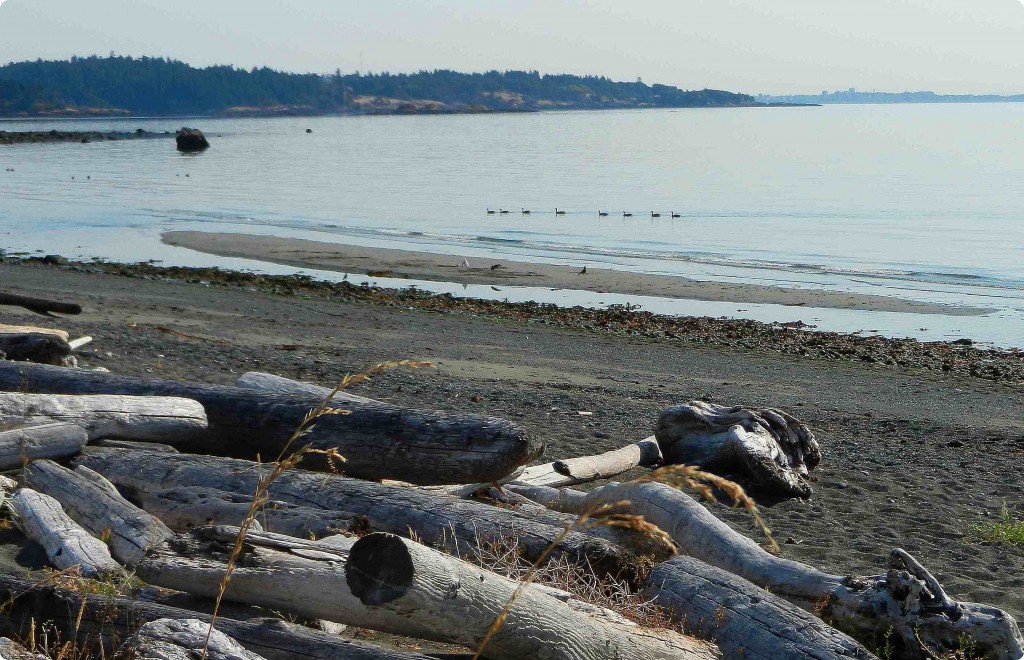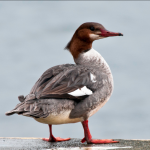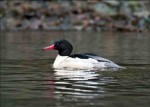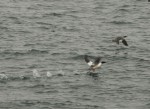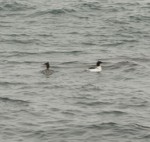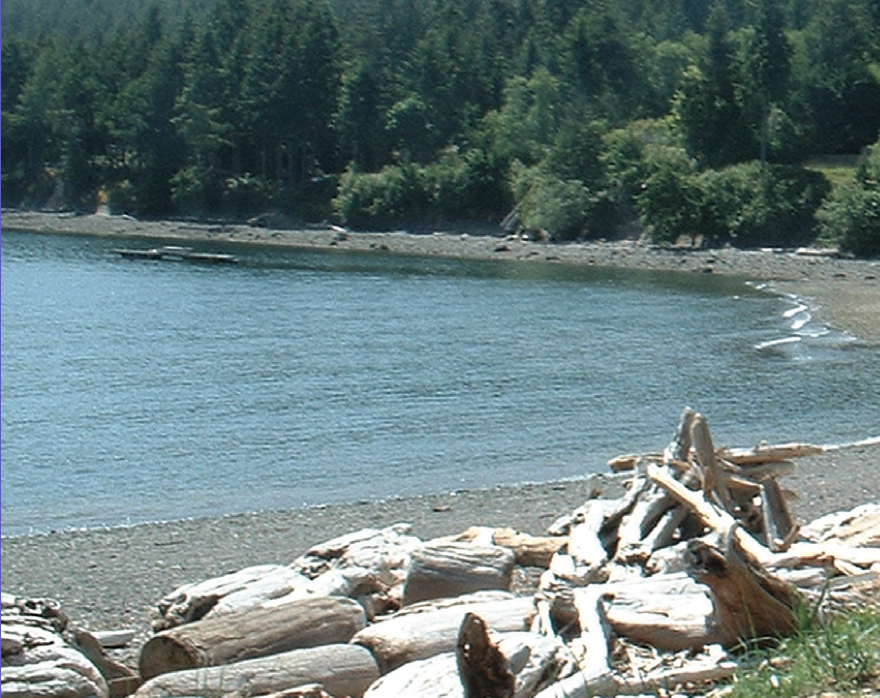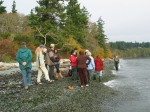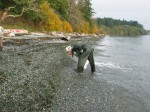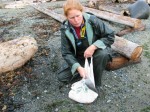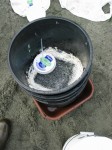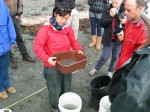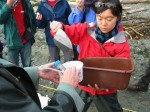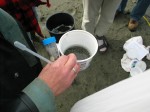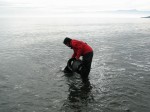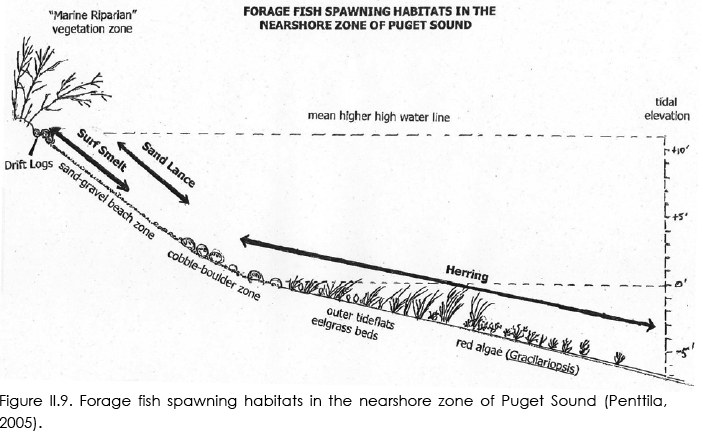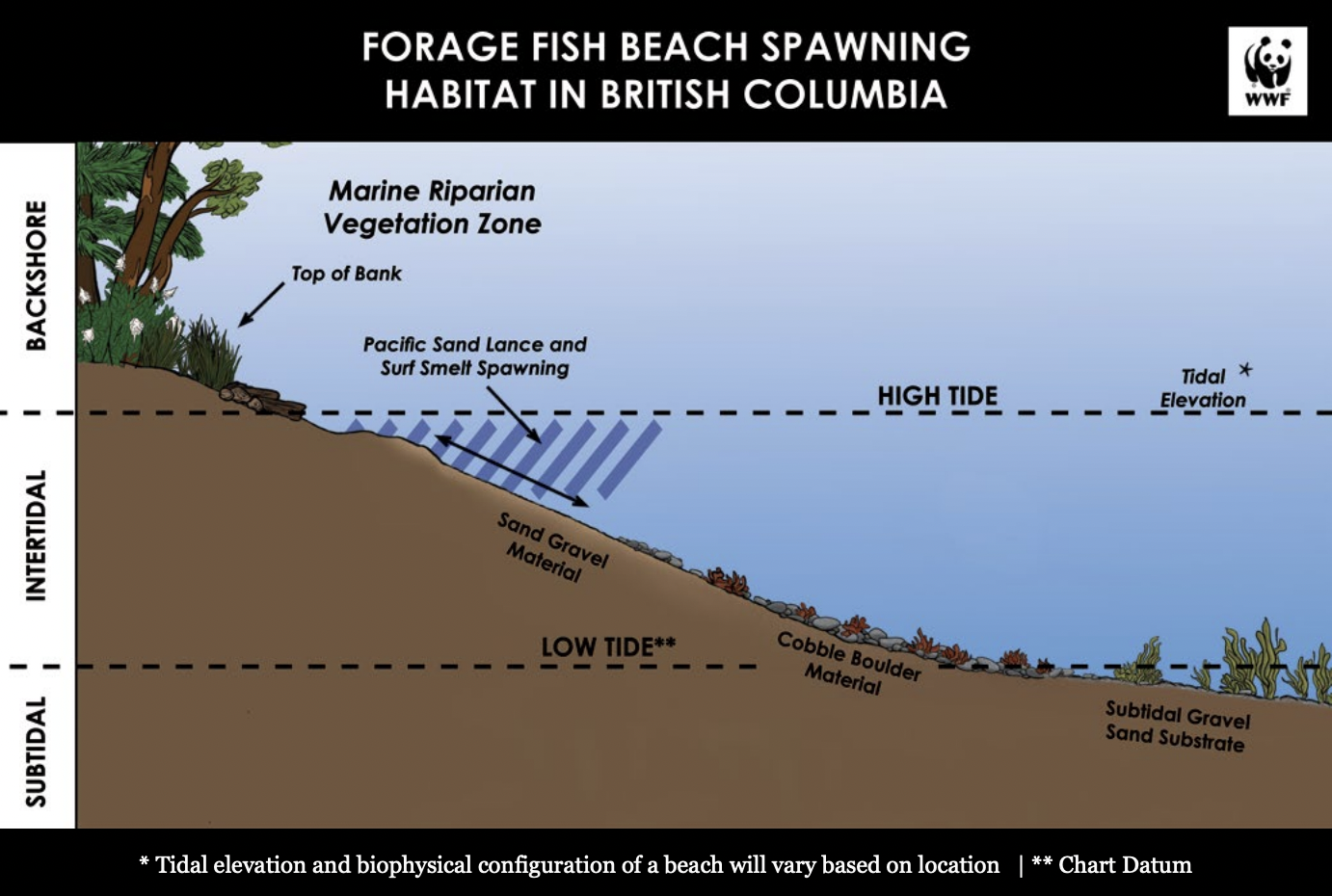On my daily walks on Taylor Beach since the fall, I have noticed that there has been a constant presence of the diving ducks off shore which rely on the forage fish from Taylor Beach. It will be interesting to see when they depart to go to their nesting grounds, usually to the North on Inland lakes.
Today a common loon, several red-breasted mergansers, buffleheads and surf scoters are still scattered over the waterfront.
No estimate is available on the number of diving birds that winter along the waterfront around the southern end of Vancouver Island depending on forage fish for survival but the sum total would probably be considerable given what we are regularly seeing in this area off Taylor Beach. In our efforts as intervenors on behalf of Friends of Ecological reserves, we have been aware and questioned the importance of the over-wintering population of seabirds in the area which would be severely affected in the event of a catastrophic oil spill. Unfortunately the level of environmental impact assessment by the pipeline and oil transport company in this area which is a few miles from the intended vessel traffic lane does not exist.
In our recent Round 2 intormation requests , we tried to get KM/ Trans Mountain to acknowledge the importance of modelling a spill of their toxic diluted bitumin off Victoria. They have refused to do so so far .
SInce Taylor beach is a spawning beach for two forage fish, Pacific Smelt and sand lance which provide food for these marine birds, one might reflect on the way we humans use and abuse the beach, the habitat of the forage fish. Numerous randomly placed beach fires and horse traffic which punches up the beach are concerns which should be addressed in Metchosin .

